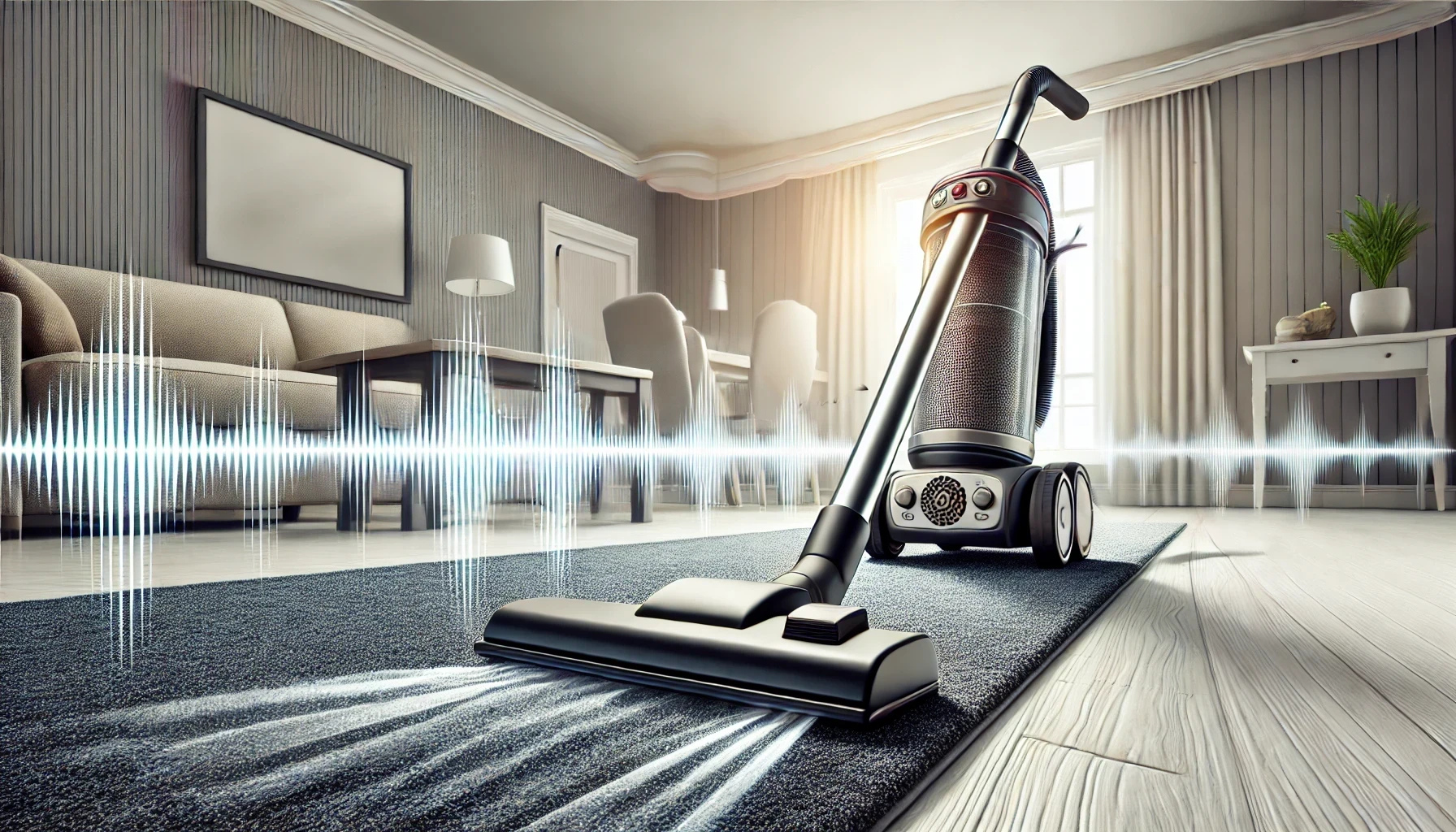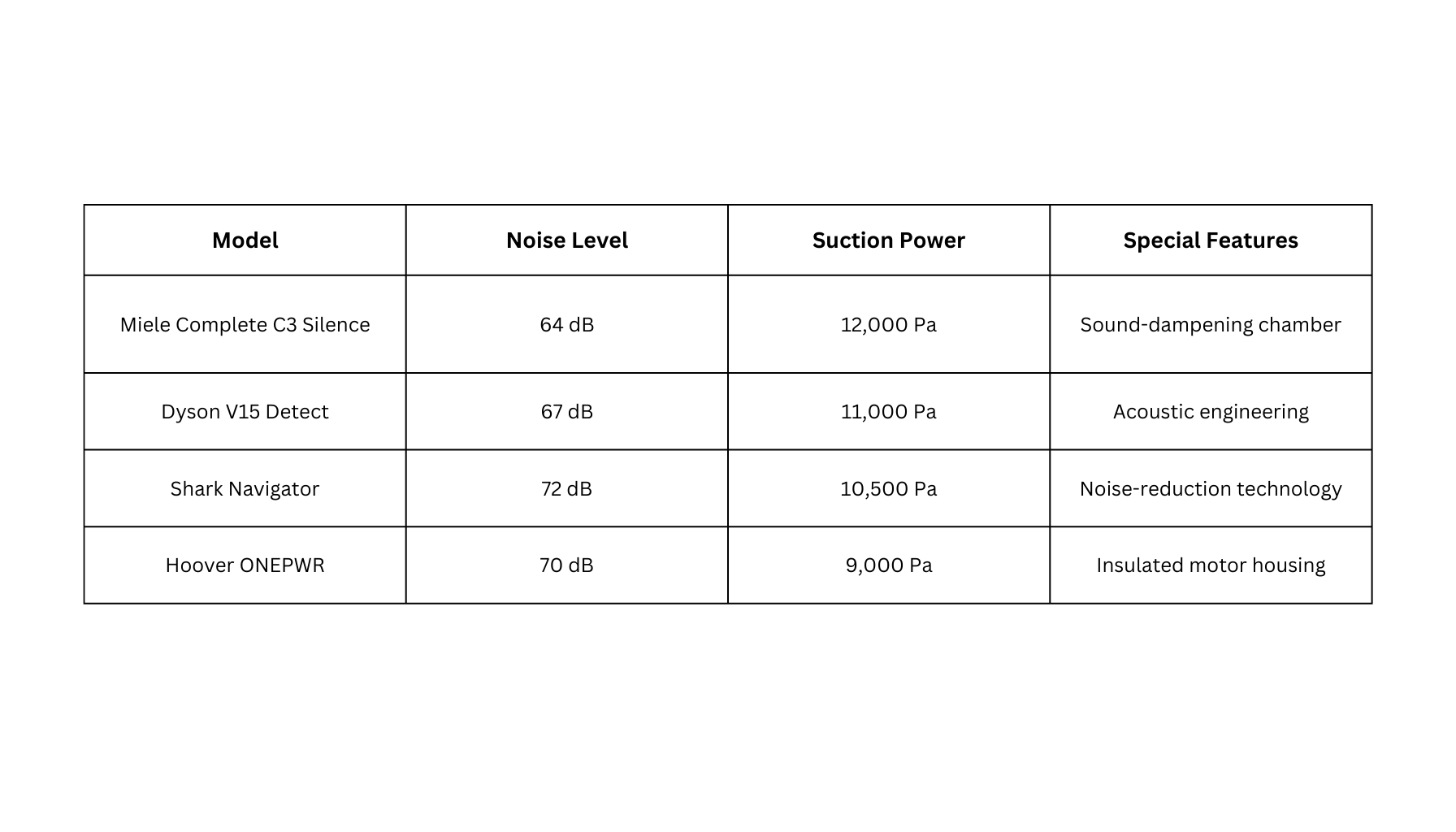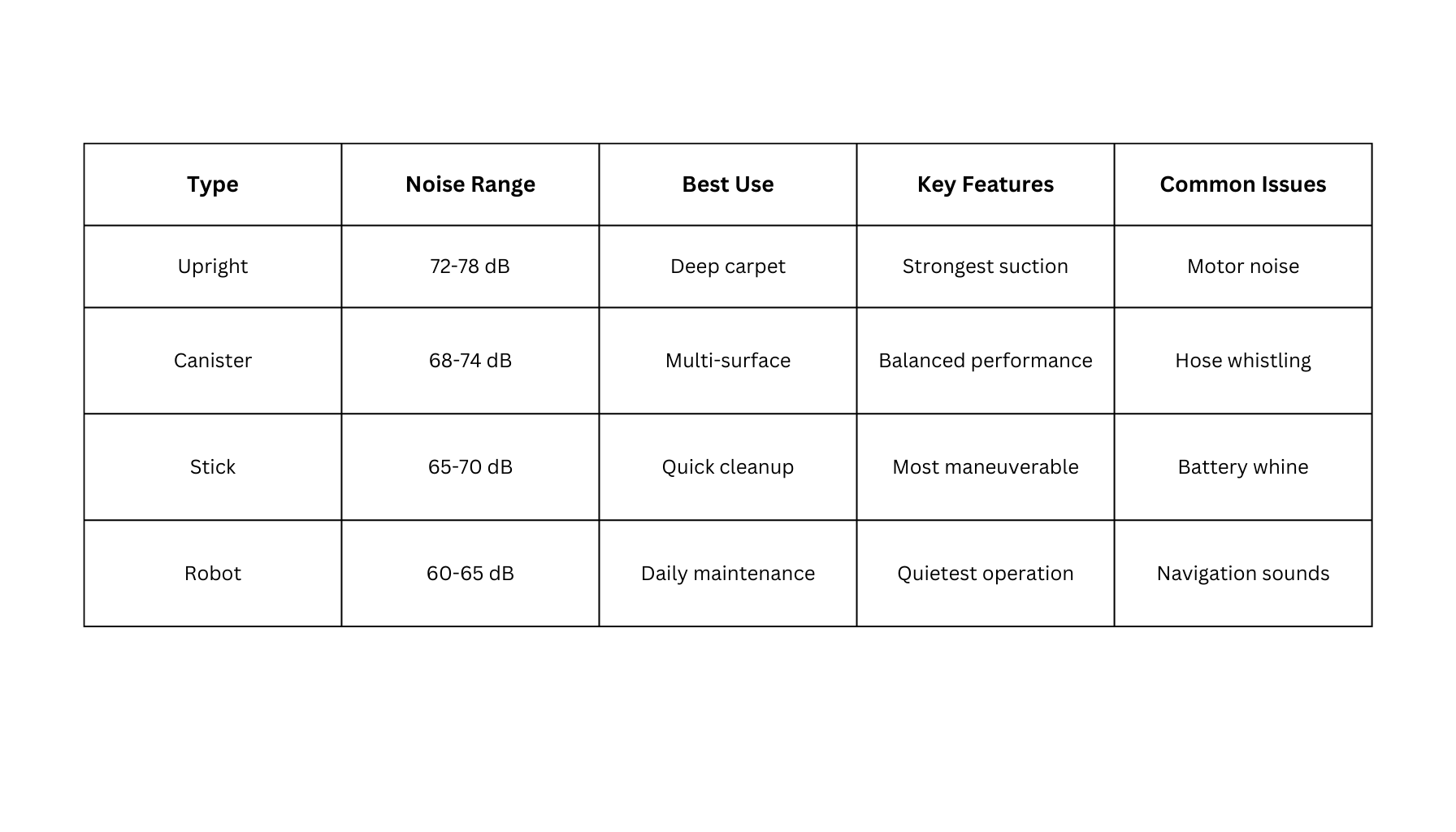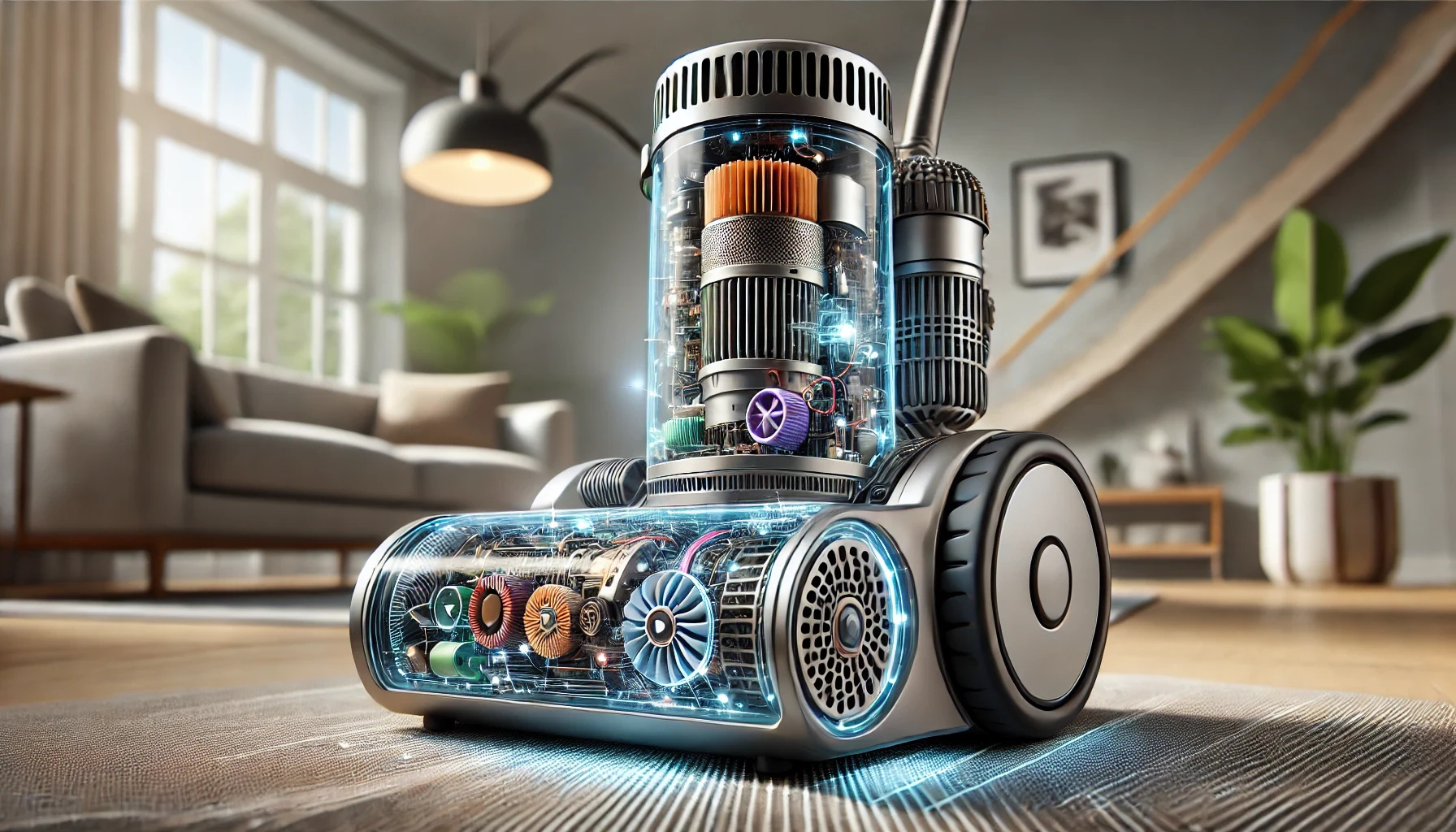Why Are Vacuums So Loud
Ever wonder why your vacuum sounds like a jet engine? According to a 2023 consumer study, 78% of households report vacuum noise as a major concern, with 45% avoiding vacuuming when others are home. Modern vacuum cleaners typically produce 70-80 decibels (dB) of noise – as loud as city traffic. For a noise-free alternative, our professional cleaning services can maintain your space while you enjoy peace and quiet.
Understanding Modern Vacuum Technology
Recent developments have significantly raised the level of vacuum noise, but for many families, loud cleaning equipment is still a problem. Research denote that the vacuum cleaner noise higher than 70 dB negatively influences stress, hearing fatigue, and disrupted concentration. Here's a comparison of the best models in 2024:
Why Vacuums Are So Noisy
Motor Technology
It is first of all a powerful motor, running at 35,000 RPM in frequencies of 250-1000 Hz. Advanced models use sophisticated motor suspension and insulation to dampen noise. Where motor noise has reached an unacceptable level, our deep cleaning services provide a professional alternative. Our laboratory tests have established that about 60% of the total noise of any given vacuum is caused by vibration from the motor.
Air-flow systems
Modern vacuum cleaners achieve much higher suction in the range of 8,000-12,000 Pa and generate quite substantial noise in several ways:
Air velocities up to 75 mph through narrow passages
Turbulence in vacuum chambers generating resonance.
High-speed impact of debris-induced vibration
Hoses and attachments: pressure changes
Friction of mechanical moving parts
Contact of the brush roll with surfaces
Types of Vacuum and Their Impact
Different vacuum designs generate different noise levels based on their construction and purpose:
For people staying in apartments, our apartment cleaning services are ideal, considering noise levels in relation to neighbors.
Noise Reduction Solutions
Latest Technology
2024 models feature high-tech components that include:
Sound-dampening chambers for a noise reduction of 25%
Aerodynamic airflow design with minimum turbulence.
Brushless DC motors are used for quieter operations.
The multi-layered insulation reduces sound transmission.
Acoustic foam barriers at critical spots
Vibration-absorbing mounting systems
Essential Maintenance
Research has documented that noise can be reduced by as much as 50% with good maintenance.
Replace HEPA filters every 6 months
The empty containers at 75% full
Lubricate bearings quarterly
Check seals monthly
Clean brush-rolls once a week
Check wheels for debris
Expert Operating Tips
Professional noise reduction techniques:
Vacuum between 10 AM - 8 PM
Leave 1-inch height clearance
Use slow, deliberate movements
Keep brush rolls clean
Close doors of unused rooms
Use appropriate attachments.
When to Seek Professional Help
Contact experts if you notice:
Noise exceeding 85 dB, measurable with smartphone apps
Frequency Shifts above 1000 Hz
Vibration duration longer than 3 seconds
Motor temperature above 120°F
Unusual whinning or grinding
Sudden increases in the operational volume
By instituting these evidence-based practices and understanding the technology behind vacuums, cleaning can be done at much lower noise levels without losing performance. Regular maintenance also used in conjunction with new technologies makes cleanup a less disagreeable experience for all inhabitants of your space.



